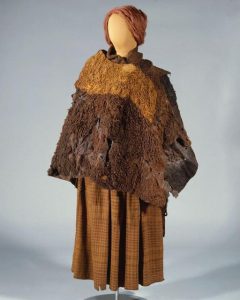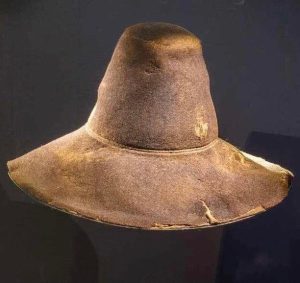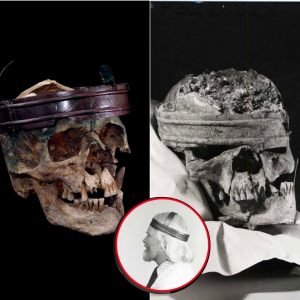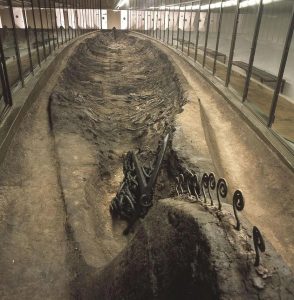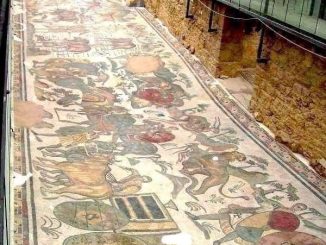
In the peat bogs of Denmark lies a remarkable relic from the ancient past—a remarkably preserved human body known as the Huldremose Woman. Discovered in 1879 by peat diggers near the village of Ramten in Jutland, this bog body has fascinated archaeologists and historians for over a century. Through careful analysis and scientific examination, researchers have unraveled the secrets of the Huldremose Woman, shedding light on life in prehistoric Denmark and the mysteries of ancient burial customs.
The Story of the Huldremose Woman
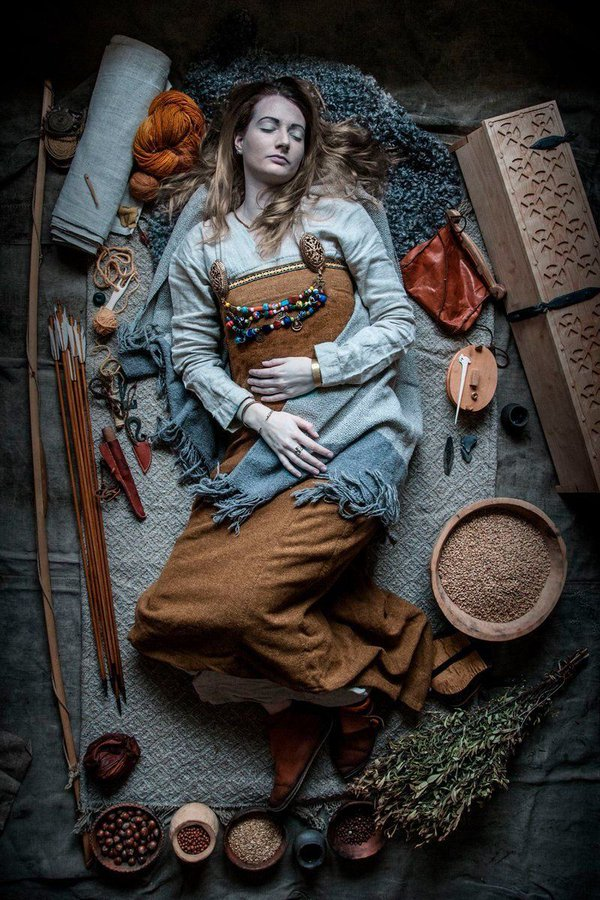
- Discovery and Preservation: The discovery of the Huldremose Woman was a stroke of serendipity, as peat diggers stumbled upon her well-preserved remains while excavating the bog for fuel. Her body, dating back to the early Iron Age around 2,000 years ago, was remarkably intact, with her clothing and personal effects still intact. The acidic, oxygen-poor environment of the bog had acted as a natural preservative, preventing decomposition and providing archaeologists with a rare glimpse into the past.
- Who Was the Huldremose Woman? Through forensic analysis and archaeological research, experts have pieced together a portrait of the Huldremose Woman and her life in ancient Denmark. She is believed to have been a young woman in her early twenties, standing around 160 cm tall. Her well-preserved clothing, consisting of a woolen cloak, skirt, and belt, offers insights into Iron Age fashion and textile production. The presence of a noose around her neck suggests that she may have been the victim of a ritual sacrifice or an execution.
- Interpretation and Significance: The discovery of the Huldremose Woman has sparked much debate among archaeologists and historians about the circumstances of her death and the significance of bog bodies in ancient societies. Some researchers believe that she may have been a high-status individual sacrificed as part of a religious ritual, while others suggest that she may have been a criminal or social outcast punished for her actions. Regardless of the exact circumstances, the Huldremose Woman provides valuable insights into Iron Age society, beliefs, and customs.
- Legacy and Archaeological Impact: The Huldremose Woman continues to capture the imagination of scholars and the public alike, serving as a poignant reminder of Denmark’s ancient past and the enduring mysteries of prehistoric life. Her well-preserved remains have been studied using a variety of scientific techniques, including radiocarbon dating, DNA analysis, and isotopic studies, yielding new insights into diet, health, and social structure in Iron Age Denmark. As one of the best-preserved bog bodies in the world, the Huldremose Woman remains a testament to the power of archaeology to unlock the secrets of the past.
Unraveling the Mysteries of the Past
In conclusion, the Huldremose Woman stands as a remarkable relic from Denmark’s ancient past, offering a tantalizing glimpse into the lives of Iron Age people and the rituals and beliefs that shaped their world. Through the careful study of her remains and the artifacts found with her, archaeologists continue to unravel the mysteries surrounding her life and death, shedding light on the rich tapestry of human history. As we delve deeper into the past, the Huldremose Woman serves as a poignant reminder of the enduring power of archaeology to uncover the hidden stories of ancient civilizations.
